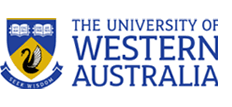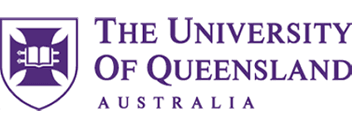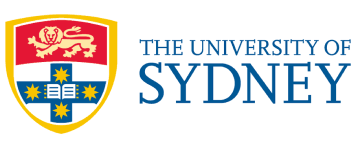Deadly bird flu found to spread between mammals, raising risk to Australian sea lions, seals and dolphins

Media Release
8 July 2024
The Invasive Species Council, the Australian Marine Conservation Society and the Biodiversity Council are calling on Australia’s governments to urgently and collaboratively ramp up preparations for bird flu in wildlife, as new research provides the first strong evidence of mammal-to-mammal transmission of the deadly H5N1 strain.
The research finds evidence of a newly evolved bird flu strain causing ‘unprecedented’ mass deaths of elephant seals and sea lions since it reached South America and spread from north to south within six months.
Dr Carol Booth, Invasive Species Council Principal Policy Analyst, said:
‘The rapid adaptation of this virus to mammals means the consequences for Australian wildlife could be even more catastrophic than predicted if H5N1 arrives in Australia.
‘Since arriving in South America in late 2022, bird flu has killed more than 30,000 South American sea lions, 17,000 southern elephant seal pups and unknown numbers of porpoises, dolphins and otters, as well as at least 650,000 native birds.
‘The mortality rate of elephant seal pups in Argentina’s Península Valdés reached 95% in 2023 compared to only 1% in 2022.
‘If high pathogenicity bird flu turns up in Australia, the government-commssioned risk assessment predicts ‘catastrophic’ impacts on our native birds.
‘That risk assessment predicted only minor impacts on marine mammals, but the latest research implies the risk to Australian mammals is now much higher.’
Alexia Wellbelove, Australian Marine Conservation Society Campaign Manager – Fisheries & Threatened Species said:
‘The potential consequences of bird flu for Australia’s marine mammals are frightening.
‘Australia’s endemic sea lions are already endangered, with only about 12,000 remaining – far fewer than the 30,000 sea lions killed in South America.
‘This killer disease has also been wiping out millions of birds around the world, including penguins in Antarctica. Our native birds will face a similar fate if the disease reaches Australia.
‘As the last continent free of this deadly virus, Australia has the opportunity to prepare so as to be able to quickly detect and respond to outbreaks in wildlife.’
Biodiversity Councillor Professor of wildlife conservation John Woinarski from Charles Darwin University said:
‘This new research further documents the rapid and extensive spread of H5N1 bird flu globally and also provides compelling evidence that mammal-to-mammal transmission is occurring.
‘The consequences of this aggressive bird flu strain are alarming with extraordinarily high rates of mortality causing crashes in the populations of many different species.
‘Australia has been lucky to date, but we can’t presume this will continue. I fear the impact on many of our native animal species. Some species may not survive such rapid and dramatic losses.’
Dr Carol Booth added:
‘Although much work has been done by Wildlife Health Australia to prepare resources for decision-makers and wildlife managers, with mitigation toolboxes outlining response options, an effective response needs much more.
‘This should include a national taskforce to drive implementation and collaboration between governments and with key non-government response partners like threatened species recovery teams, wildlife disease and conservation experts, zoos, aviaries and wildlife carers.
‘Implementation thus far has been patchy, particularly on the critical recommendation by Wildlife Health Australia to develop site-specific and population-specific risk mitigation plans.
‘To inform preparations, we recommend the federal government update the July 2023 assessment of risk, taking into account the new evidence of mammal-to-mammal transmission and the outbreaks in Antarctica.
‘The public should report any unusual bird deaths immediately by calling the Emergency Animal Disease Hotline on 1800 675 888.’
Background
Key points from new scientific paper by Dr Marcela Uhart at the University of California Davis and colleagues titled, 'Massive outbreak of Influenza A H5N1 in elephant seals at Península Valdés, Argentina: increased evidence for mammal-to-mammal transmission'
- The paper shows strong evidence that a new clade of H5N1 avian influenza has evolved to spread between mammals, not just from birds to mammals.
- This has led to massive deaths of seals and sea lions in South America. This is the first strong evidence (genetic and epidemiological) of bird flu virus transmission between mammals.
- It appears that H5N1 jumped at least 3 times from wild birds to marine mammals on the Pacific coast of South America, and then evolved to spread between elephant seals. It may have then jumped back to birds.
- There are growing concerns that H5N1 viruses adapted to mammalian transmission could facilitate host-jumps to other species, including humans. So far, the risks to humans are regarded as low.
- An H5N1 strain from a human case in Chile (of the marine mammal clade) was shown to be transmissible between co-housed ferrets
- Details of loss of marine mammals in South America: >17,000 elephant seal pups (plus unknown number of adults) at just one Argentinian site. >30,000 sea lions in Peru and Chile plus dolphins, otters and over 650,000 seabirds.













